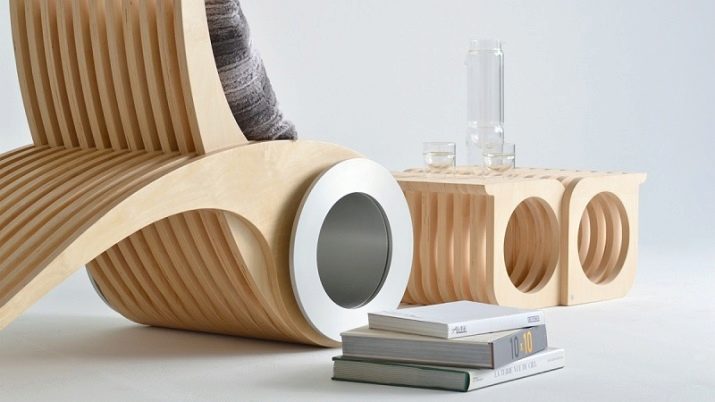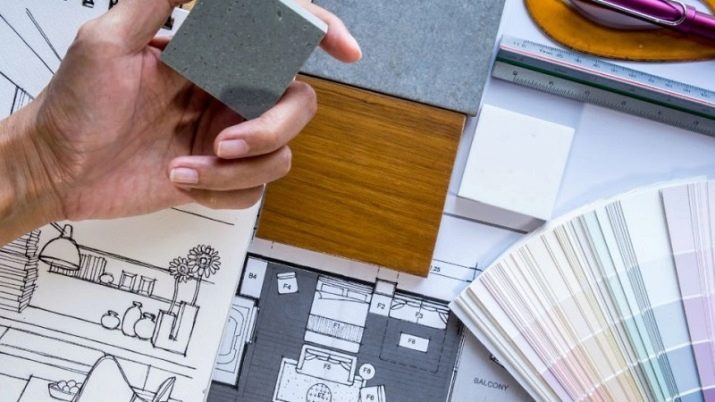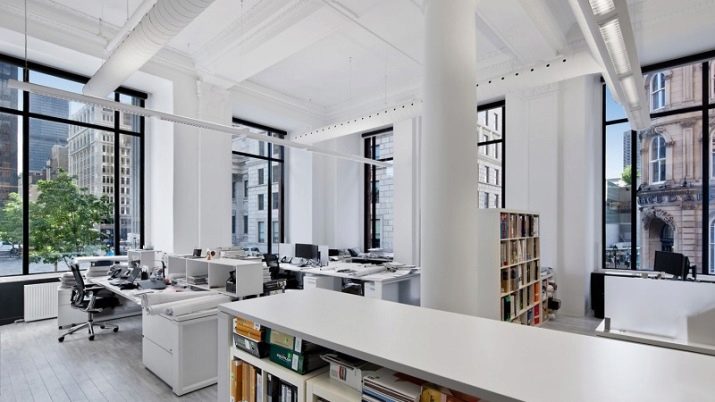Furniture designer: pros and cons of the profession

Each profession is necessary and important, and in order to get not only the result of work, but also the pleasure from work, you need to know as much as possible about the type of activity you are interested in. Furniture designers who are in great demand today are furniture designers who, by their own efforts, create original pieces of furniture that can decorate any home.
It is not too difficult to carry out such work, but not everyone has the talent for this, however, if there is a great desire to become a furniture designer, you need to learn about all the pros and cons of this profession.
Features of the profession
Furniture production was launched quite a long time ago. The main task of such activities was the manufacture of household items that greatly facilitated the existence and made it much more comfortable. With standard tables, chairs and beds available, people wanted to buy original and beautiful pieces of furniture. Initially, only noble persons with extensive financial capabilities could afford beautiful designer furniture, but now everything is much simpler, and there are much more opportunities for buying such goods.

Depending on the direction of production, its staff can be from ten to hundreds of employees. A full-fledged furniture factory should have specialists such as:
- designer;
- constructor;
- carpenter;
- painter;
- picker;
- collector;
- seamstress, cutter.
A furniture designer is engaged in the development of a concept for a particular piece of furniture, using his vision or the wishes of clients for this.In a large enterprise, designers, technologists and designers are responsible for the process of creating new furniture, who by joint efforts obtain the most optimal version of the finished piece of furniture.
To be a successful furniture designer, it is desirable to get an appropriate education, but the more important criteria are the natural data of a person. A good designer is distinguished by creativity, creativity and artistic ability, the ability to perceive the spatial relationship of objects and to optimally select the color scheme. Thanks to the aesthetic taste and fresh look at this or that object and project, the designer creates a new sketch, which is transferred to a computer, where the work is carried out in 3D format, which allows to achieve the desired result.
The profession of a furniture designer is creative, but at the same time it implies a lot of work, thanks to which the resulting object comes out not only beautiful, but also functional.

Responsibilities
A furniture designer performs a number of mandatory tasks while at his workplace. Among them are the following:
- striving to improve finished products;
- work on the aesthetics and ergonomics of furniture;
- drawing up sketches using a variety of artistic and graphic methods and artistic design;
- timely and high-quality execution of orders from customers;
- development of 3D models of certain pieces of furniture;
- discussion of the project with designers and technologists;
- consideration of the principles of operation, conditions of installation and technical operation of the developed products;
- control of the norms, technical conditions and standards of artistic and design developments existing at the enterprise;
- maintenance of design and technological documentation;
- research of technical characteristics and properties of materials that are used in the development of structures;
- control of patents and production standards;
- consideration of the procedure for carrying out artistic and design expertise of finished projects, the choice of criteria by which an aesthetic assessment of their quality is carried out;
- constant analysis of the development of the art design industry, which allows the use of modern technologies in production;
- delivery of the prepared project.
A qualified furniture designer must have the appropriate education, be able to use programs that allow you to see the furniture project before it is made, which makes it possible to correct shortcomings before production starts.

Knowledge and skills
A furniture designer must not only be gifted, but also prepared for all the nuances of work that he may encounter. The most important skills of a furniture designer are:
- the ability to work according to the standards and technologies of the company;
- creating a sample of a product in the mind and the ability to transfer ideas to paper or to a computer;
- the ability to use design programs to develop ready-made 3D projects;
- teamwork to get a ready-made sample;
- development of color solutions and decorative elements of furniture;
- delivery of work;
- maintenance of accompanying documentation.
To cope with all the tasks set, a designer needs knowledge from different industries. These are the foundations of economic theory, the organization of production, labor and management, the basics of labor legislation, modern programs of computer and art design.
A real specialist will draw on knowledge from domestic and foreign sources, constantly replenishing the knowledge base, which will allow him to improve his level of skill.

How to become?
To become a furniture designer, it is advisable to complete relevant training at a university or college, where the main disciplines will be artistic design and visual arts... Equally important subjects will also be mathematics and design. With the mastery of graphic design and computer design and programming, you can improve your knowledge and skills, becoming a more qualified specialist.
In the learning process, you can start creating your portfolio, which will gradually be replenished with new jobs, and by the time of hiring there will already be something to show the employer. At the initial stage, it is advisable to create as many sketches as possible by hand, using only paper and pencil, which will make it possible to improve the sense of space, learn how to plan and draw objects correctly.
Throughout training and in the course of work it is important to study the projects of famous designers, try to recreate them yourself in order to increase your arsenal and improve your knowledge base. Having received the necessary education and experience, you can look for a job in a furniture company or in a design firm, choosing for yourself a specific direction or having a wide range of responsibilities.

Where can you work?
A good furniture designer will always be in demand, and he can be employed in various fields of activity. In addition to working at a furniture company, where he can be a specialist in cabinet or kitchen furniture, a professional in his field can work as a consultant on the development and design of furniture or as a designer of furniture products (if he has relevant experience).
A furniture designer can be part of an organization or work for himself, representing a private organization. The advantages of employment at an already existing furniture company will be stability and a ready-made client base, which allows you to fully work in your field, without being distracted by organizational issues. The disadvantage of such work can be considered a fixed fee and the need to carry out well-defined projects according to furniture factory standards.
To be able to create freely, you can open your own business, but then you will have to spend part of the time on financial and organizational issues, which will not allow you to fully concentrate on your main job.
To find a middle ground, it is best to get a job in a private company that will take care of all issues not related to furniture design, and will give you the opportunity to implement your own ideas and projects, ensuring the growth of qualifications and skills, as well as decent wages for such work.









